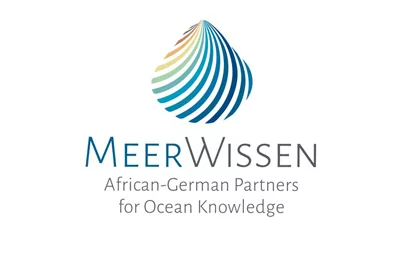Assessing the role of mangroves in shoreline stabilisation through What-If modelling framework (Jayson-Quashigah et al., 2025)
Coastal erosion and flooding are pressing global challenges, exacerbated by climate change and unsustainable development practices. While effective in the short term, traditional hard engineering solutions often cause ecological degradation and financial burdens, highlighting the need for sustainable alternatives. This study investigates mangroves as a nature-based solution (NbS) for mitigating coastal erosion, employing a Digital Twin of the Ocean (DTO) framework to evaluate their effectiveness. Using the XBeach morphodynamic model, three scenarios were assessed: no mangroves, mangroves on the berm, and mangroves in the intertidal zone, at varying densities. Results indicate that high-density mangroves in the intertidal zone achieve high shoreline stabilisation, reducing erosion by up to 97%, while high-density mangroves placed on the berm offer 53% erosion reduction. These findings underscore the dual role of mangroves in stabilising sediments and dissipating wave energy, offering a cost-effective and adaptive alternative to traditional coastal defences. Beyond erosion mitigation, mangroves contribute to climate adaptation and biodiversity conservation, supporting sustainable development goals. Moreover, Mangroves as NbS, align with governance frameworks by integrating ecological, social, and economic considerations into coastal management. By bridging scientific modelling with actionable insights, this study informs the design of adaptive coastal governance frameworks and highlights the scalability of NbS for global coastal resilience.
Article highlights
• We assessed the effectiveness of Mangroves in reducing coastal erosion using a
Digital Twin approach.
• A 1D coastal erosion model (XBeach) is used for the assessment of seven (7)
what-if scenarios.
• Mangroves in the intertidal zone effectively reduced coastal erosion by up to
97%.
